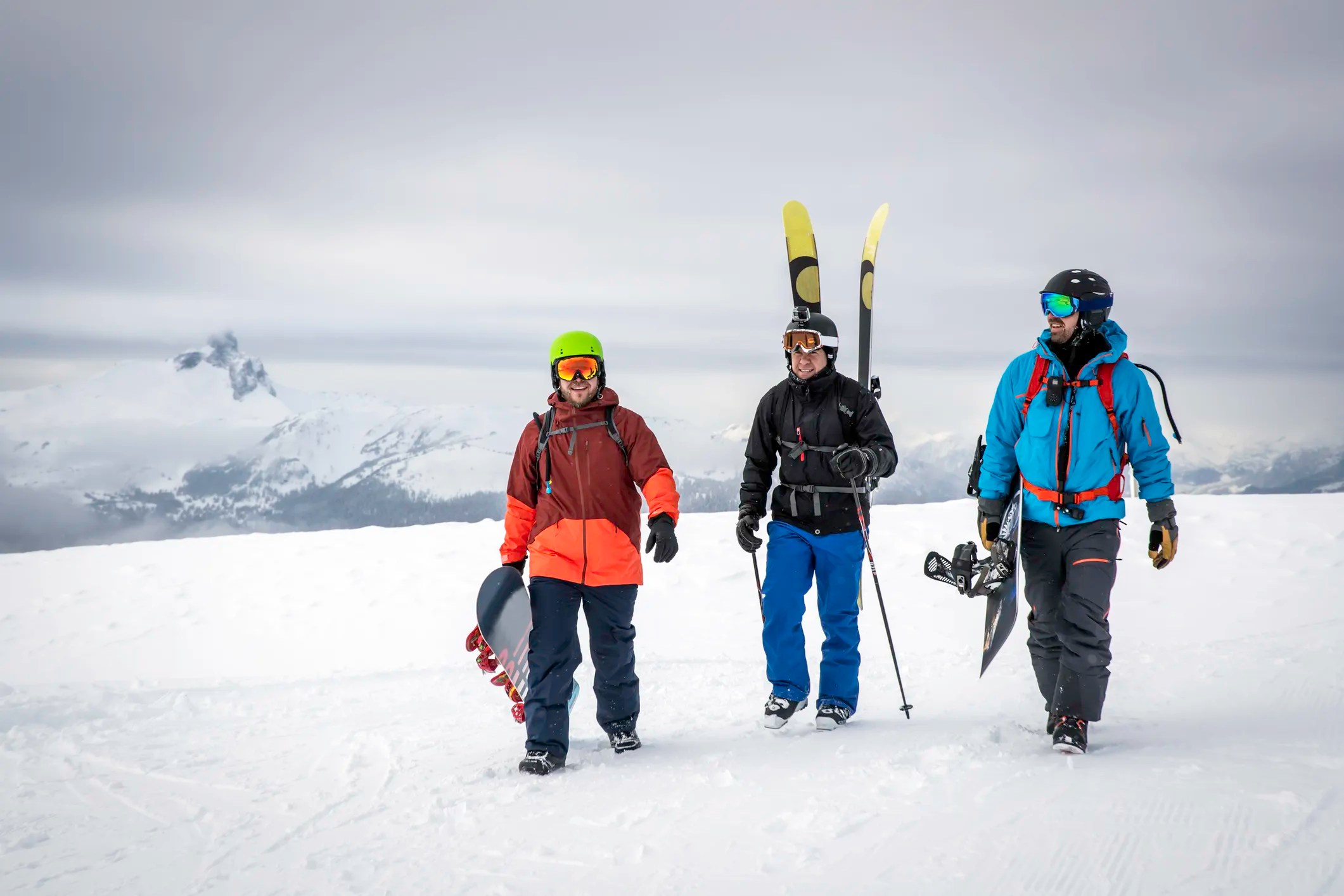Snowboarding’s Influence on Skiing

Skiing has been around so long that the sport predates most records, but it might have originated 22,000 years ago when the Cro-Magnons first attached sticks to their feet as a method of survival. Fragments of ski-like objects first appear in the archaeological record around 6000 BCE in northern Russia. Over time, downhill skiing became the favored form of the sport over cross-country skiing.
Despite having a long and rich history, some of the main alterations within the general design of skis have been made in the past several decades, ever since the world’s introduction to their single-planked counterpart: snowboards. There were several precursors to the modern snowboard, but the most commercial and notable was the Snurfer. A Snurfer (name deriving from snow and surf), was just two skis bound together and fitted with a rope on the nose for control. Even though their inventor, Sherman Poppen, had invented these as toys primarily for children, the community endemic to the Snurfer’s place of conception in Michigan attempted to broaden their use by holding races.
During this time, other inventors began working on their own snowboards and advancing ski technology, inspiring a young Jake Burton Carpenter to compete with his own Snurfer variant. In a 1979 competition, he competed with a board fitted with the world’s first snowboard bindings, winning the race and effectively inventing the sport of snowboarding.
By the 1970s, the ski industry was essentially stagnant. The decades prior had seen the adjustment of ski sidecut depth from 4 mm to 7 mm and the move away from the hazardous cable (“bear-trap”) bindings, but the standard form of ski was still long and single-tipped, with the binding oriented somewhat closer to the tip of the ski.
However, snowboards, having visible influences from surfing and skateboarding (and of course, skiing), were designed to be shorter and wider with much deeper sidecuts and smaller radii, which equates to sharper and quicker turns. For some time, these impressive innovations went unnoticed by the ski community, but after efforts made by Jake Burton Carpenter in creating the U.S Open and allowing snowboards to be used at major ski resorts, ski companies began to alter their skis’ shapes. The design qualities borrowed from snowboards were first only implemented in powder and racing skis, but over the following decade, skis generally became shorter, shaped, and twin-tipped.
Snowboarding’s influence was not only felt by the ski community, and at least four distinct sports have been created through ideas deriving from snowboarding: sandboarding, wakeboarding, flowboarding and mountainboarding.
After these main changes to the standard form of skis, snowboards have continued to influence the development and design of ski technology, and vice-versa. These two winter sports also continue to borrow concepts from other related extreme sports, which helps to enhance their technology. For example, one of the more recent major developments in the industry has been the adoption of the rocker pattern for skis and snowboards, which is basically the reverse of the traditional camber pattern that elevates the bindings of a ski or snowboard from an upward curve. The concept of a rocker was borrowed from watersports, and now exists as an alternative to camber skis and boards.
These influences and related changes have determined various standards for ski technology today. Search for ski standards on the ANSI Webstore.






